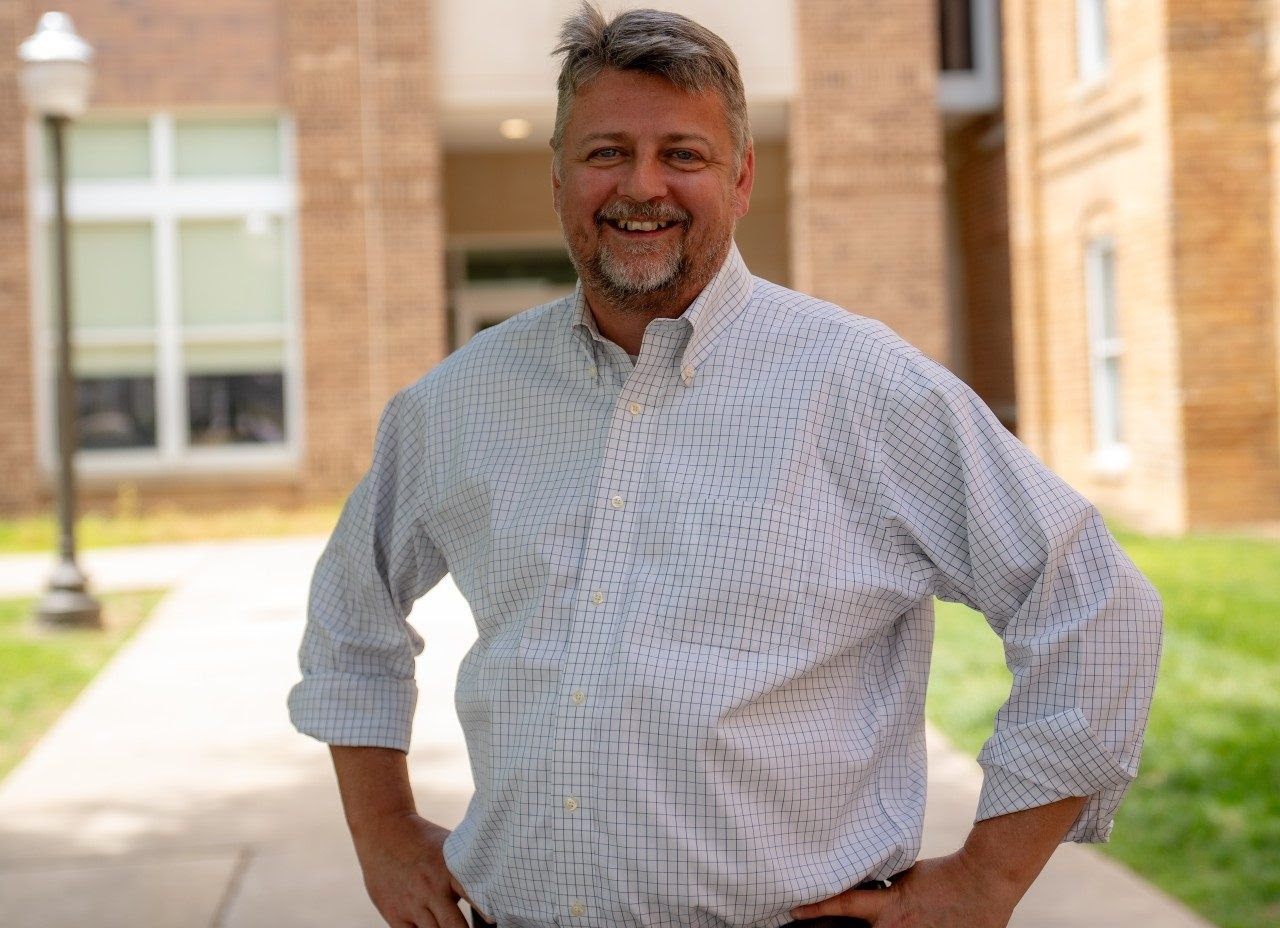

National news coverage from the two largest broadcast outlets, CNN and Fox News, not only reflects growing political polarization in America, but in a recent publication, researchers at Virginia Tech have shown that partisan and inflammatory broadcast coverage has increased over time and can exacerbate growing divides in the new public square of social media.
Collaborative insights
Eugenia Rho is assistant professor in the Department of Computer Science with a background in political science and a passion for using artificial intelligence to better understand people and institutions.
“When we’re talking about language that is mediatized and played over and over and over by actors who are influential, how does that affect the way the public talks about important social issues?” Rho said. “Rigorous analysis of big data sets like this opens whole new avenues of understanding media and its impact.”
Mike Horning is a journalist-turned-associate professor in the School of Communication. He studies how fake news and misinformation affect civic debate and political participation. He often collaborates with computer science researchers.
“Historically, if we were to tackle a question that was about media bias in the past 40 years, it’s going to be somebody looking at a data set of maybe 500 articles. That is very limited,” Horning said. “But computer scientists are now able to help us tackle some of these tough, tough questions by analyzing massive amounts of data, which we’ve never been able to do before. So that’s why I think it’s super cool to be able to work with them.”
Big data, nuanced knowledge
Using a branch of artificial intelligence called natural language processing, the researchers analyzed nearly 300 billion words spoken on CNN and Fox News and nearly 133,000 tweets from the networks and their followers to determine if national broadcast news contained partisan and inflammatory content, how that partisanship changed over time, and if partisan content affected debate among the networks’ followers on social media.
They used two big data sets.
Transcribed closed captions from news shows that were broadcast 24 hours a day, seven days a week by CNN and Fox News from Jan. 1, 2010, to Dec. 31, 2020. The data was provided by the Internet Archive and the Stanford Cable TV News Analyzer.
All tweets between 2010 and 2020 that were written by users who followed both @CNN and @FoxNews, mentioned or replied to either @CNN or @FoxNews, and contained keywords associated with six politically contentious topics: Racism; Black Lives Matter and its abbreviation, BLM; Police; Immigration; Climate change; and Health care.
Democracy in the balance
Americans get their news from television five times more often than from online and print outlets, the researchers wrote, and viewers are more likely to choose their news source based on partisan views. They maintain their partisan news diets over time, too.
Rho and Horning have demonstrated that the language used in broadcast coverage also predicts how viewers debate important national issues on social media. More concerningly, their analysis further showed that viewers of CNN and Fox News not only hold different political views but interpret the same words very differently.
Words such as “illegal,” “enforcement,” and “order” often came up in immigration discussions on Fox News; whereas CNN used words such as “parents,” “family,” “children,” “daughter,” and “communities.”
When discussing racism, CNN coverage often mentioned “protests,” while on Fox “crime” often came up.
Within two to three months, the data shows that audiences on Twitter, now known as X, echoed the same language patterns of the broadcast news they favored. And vice versa. Different audiences spend their media time in partisan echo chambers that reinforce their existing views, the researchers found.
“This country was founded upon the Declaration of Independence. Words have immense, immense power, and a tangible impact on people’s lives,” Rho said. “When we have this consistent pattern in which major broadcast networks diverge completely, to the extent that they’re portraying an almost different reality in which topics are discussed, then you have this irreconcilable division across audiences. That’s something that I hope this paper is able to foster more discussion around.”
And there may be no simple way to combat this polarization because of economic drivers.
“Part of the motivation for it has been the increasing decline of viewership in cable news. They are competing against everything on the web,” Horning said. “How can you cut through all the noise? The solution often is to become more outlandish and more rowdy. Because TV news is driven by ratings, the incentive is to make market-driven decisions that probably are not democratic.”
Real life impact
“The lede is that partisan broadcast news is contributing to levels of polarization amongst the electorate,” Horning said. “And we have terabytes of data to prove that. It’s not just some college professors who studied something for two weeks. We now have 10 years of data. But getting the news to cover itself is going to be the hard part.”
Convincing broadcasters to change their business model could be difficult, too. This research could help viewers make more informed media choices.
“As a computer scientist, being able to show this pattern at scale, I hope that it generates the necessary conversations around what’s good for the collective society,” Rho said. “Because if people just can’t be on the same page to talk about important issues, where do we go from here?”
Chelsea Seeber for Virginia Tech

